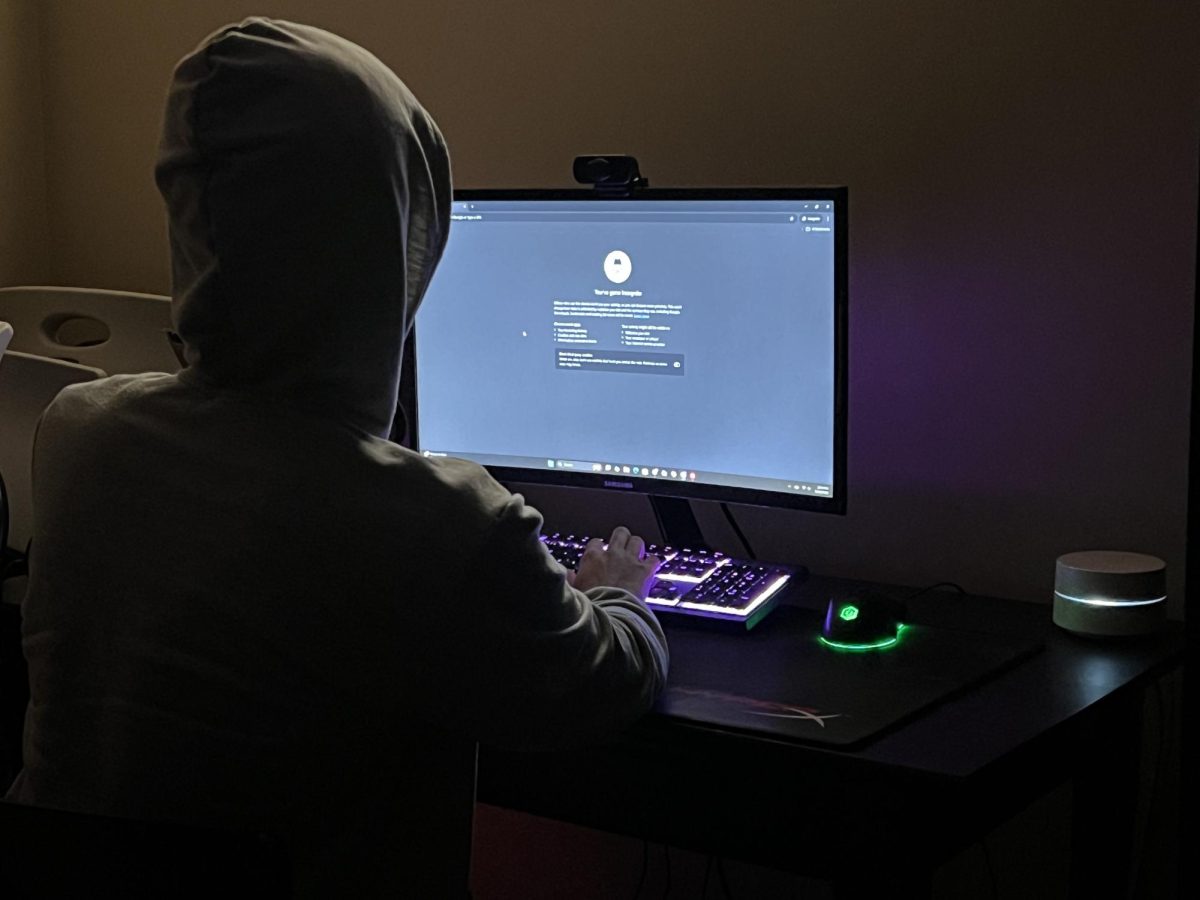The biggest problems in society are often the ones not talked about.
In a time where digital content is omnipresent, the ease with which children can access pornography online has become a pressing concern. The increasing availability of explicit material has raised alarm bells among parents, educators and child development experts, as recent studies highlight the profound negative impacts of early exposure to pornography. This exposure influences children’s mental health, their understanding of human relationships and their behaviors in ways that can have long-lasting consequences.
Escalating accessibility and early exposure:
Gone are the days when accessing pornography required deliberate effort. Today, with the click of a button, children can find themselves exposed to explicit content that distorts a healthy understanding of love and human relationships. A recent investigation by The Atlantic revealed that platforms like Instagram can expose users as young as 13 years old to suggestive content, which can quickly escalate to pornography within minutes. The ability of digital algorithms to push increasingly extreme content poses a significant challenge for parents and guardians, making it nearly impossible to monitor and control children’s online experiences effectively.
However, this research does not fully account for the number of children under 13 who use Instagram despite its official age policy. Many young users create accounts by falsifying their birthdates or using a parent’s credentials, exposing themselves to explicit content at even earlier ages. A 2021 report found that 36% of kids under 13 use Instagram, with some experiencing abuse and sexual solicitation. Additionally, a 2022 survey indicated that 68% of U.S. preteens were using social media applications, with 31% of 11-year-old to 12-year-old children on Snapchat. These statistics directly correlate the exposure age of pornography in adolescents to early sexual deviance and difficulty adjusting to norms. Parents have reported discovering that their elementary-aged children have accessed Instagram without their knowledge and are inadvertently stumbling upon inappropriate material.
This easy access at such a young age has created a situation in which children form perceptions about love, relationships and self-worth based on unrealistic and often harmful portrayals. Without proper guidance rooted in a strong ethical framework, many children may accept these portrayals as normal, leading to skewed understandings of intimacy and respect.
The role of smartphone access:
Delaying smartphone access until later in adolescence can significantly reduce early exposure to pornography, which is often encountered through personal devices. Research indicates that smartphones are the primary means by which teenagers access explicit content. A study highlighted by Utah State University Extension found that smartphones are the main source for teens viewing pornography, suggesting that limiting or delaying smartphone use can decrease the likelihood of early exposure.
Early exposure to pornography is associated with several negative developmental outcomes. The Institute for Family Studies reports that such exposure can lead to a greater acceptance of sexual harassment, initiation of sexual activity at a younger age, acceptance of negative attitudes toward women, unrealistic expectations, distorted perceptions of gender roles, increased body dissatisfaction, endorsement of rape myths and heightened sexual aggression.
Furthermore, the American College of Pediatricians warns that early exposure to pornography can desensitize children to explicit content, potentially leading to compulsive consumption patterns. This desensitization may increase the risk of developing addictive behaviors, including substance abuse, later in life. By postponing smartphone access, parents can help mitigate these risks, supporting healthier emotional and moral development in their children.
Mental health repercussions:
Many young viewers experience guilt, shame and confusion, particularly if they feel their consumption of pornography is inappropriate or goes against their values. These negative emotions can contribute to low self-esteem and an increased likelihood of developing anxiety disorders. Additionally, frequent exposure can lead to desensitization, making it more difficult for young individuals to form healthy emotional connections in real-life relationships.
Distorted attitudes and behaviors:
Another critical concern is how early exposure to pornography can shape young people’s attitudes toward relationships and personal respect. According to research conducted by the Australian Institute of Family Studies, adolescents who consume violent or degrading pornography are significantly more likely to exhibit sexually aggressive or disrespectful behavior toward others. This correlation suggests that pornography exposure not only influences how young people view love and relationships, but also how they behave in interpersonal settings.
One of the most alarming aspects of pornography is the frequent depiction of relationships devoid of true respect, trust and commitment. These portrayals can normalize harmful behavior and distort children’s understanding of what constitutes a healthy and loving relationship. Young viewers may come to believe that fleeting gratification is more important than mutual care and respect, potentially leading to future difficulties in forming meaningful, long-term relationships.
Loss of respect for human dignity:
UNICEF has raised concerns that exposure to pornography can lead children to accept disrespectful and degrading behaviors as normal. The objectification of both men and women in pornographic media reinforces harmful stereotypes and diminishes the importance of mutual respect. When children grow up believing that relationships should be centered on self-interest rather than genuine care, they may struggle to form connections rooted in understanding and empathy.
Furthermore, repeated exposure to pornography can alter brain function, making it more difficult for children to differentiate between momentary gratification and meaningful relationships. Over time, this can contribute to the normalization of extreme and distorted views, increasing the likelihood of struggling to embrace the value of committed, respectful relationships.
Addiction and compulsive behavior:
Recent research suggests that early exposure to pornography can lead to compulsive viewing habits. The Institute for Family Studies reports that some adolescents develop habitual consumption patterns that interfere with their daily activities, academic performance and social interactions. The addictive nature of pornography, much like substance abuse, can create dependency, making it challenging for individuals to regulate their consumption habits.
This compulsive consumption can have serious consequences. Adolescents who struggle with these habits may find it difficult to form real-life relationships, experience decreased motivation for academic and extracurricular pursuits and develop unrealistic expectations about love and intimacy. The long-term impact of such habits can be damaging, affecting personal and professional relationships well into adulthood.
Educational and preventative measures:
Addressing the negative effects of pornography on children requires a multifaceted approach. Key strategies include:
Parental involvement: Open and honest communication between parents and children about internet use is essential. Parents should discuss the dangers of pornography and set clear boundaries for online activities. Implementing and regularly updating parental controls can help mitigate exposure.
Comprehensive education: Providing age-appropriate instruction that emphasizes respect, healthy relationships and emotional well-being can counteract the distorted messages conveyed by pornography. Schools and community organizations should integrate discussions on media literacy to help students critically analyze the unrealistic depictions they may encounter online.
The pervasive availability of pornography online poses significant risks to the healthy development of children. With mounting evidence pointing to its harmful effects on mental health, relationships and moral development, parents, educators and policymakers must take proactive steps to address this issue. By implementing preventive measures and fostering open discussions that promote respect and well-being, we can work towards a digital landscape that prioritizes the best interests of the younger generations.














